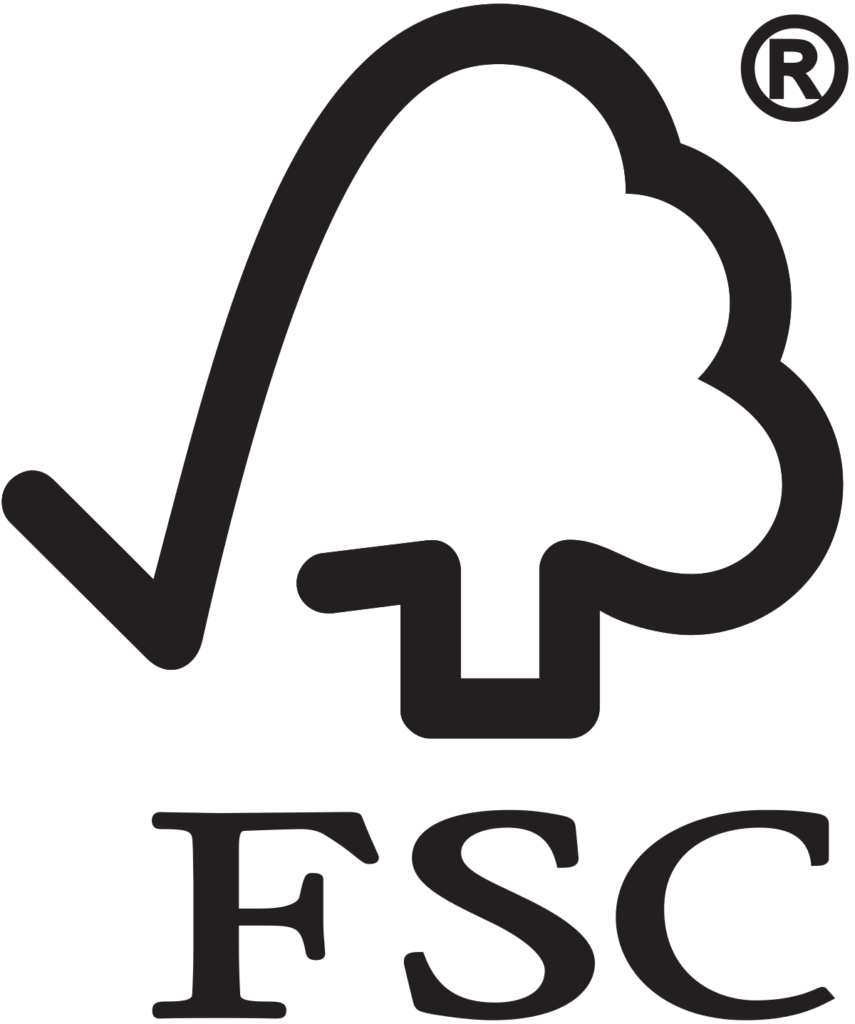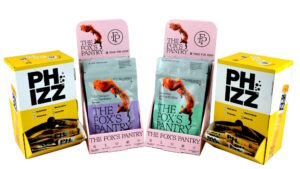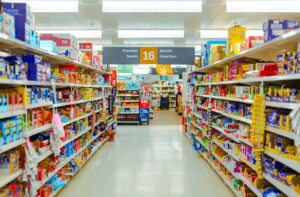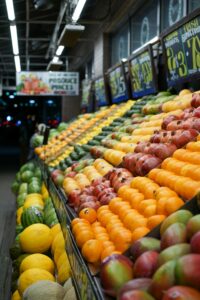As a business or individual, we can all help towards protecting nature and social conditions, simply through promoting responsible forest management and choosing FSC®– certified packaging. FSC® is a global organisation which works to promote both responsible management and use of the world’s forests. FSC®-certified packaging are a guarantee for our customers that all materials derive from responsible forest management.
The environment and sustainability are factors of ever-growing importance to consumers around the globe when it comes to choosing their products. The modern consumer tends to choose environmentally friendly products, where the focus is on products’ origins, the manufacturer’s production practices and policies. This is not only applicable to the selection of food and cosmetic products, but also directly relevant to their packaging.
In 2017, FSC® conducted an international study aiming to establish consumers’ familiarity with FSC®’s logo and the findings suggested an average brand awareness level of 50% among 13 respondent countries, where the logo is most recognised in the UK, China, Germany and Brazil.

Source: FSC, Annual Report 2017: FSC® study conducted in 13 countries, with over 10,000 consumers.
Recognising the importance of producing and supplying FSC® certified packaging ourselves, at Garthwest, we aim to help our customers, prospects and followers better understand not only the benefits of FSC® certified packaging, but also learn more about FSC®, FSC® certifications and what FSC® stands for, including information about CO2 and why it is sometimes better to cultivate the forest and use the trees rather than to leave them be.
Who is FSC®?
Forest Stewardship Council® is an international non-profit membership organisation and labelling scheme, established in Toronto in 1993 on the initiative of environmental and human rights organisations and forest owners from 26 different countries. The goal was to create common global principles for responsible forest management, including a new and credible system that guarantees responsibly produced wood and paper for consumers around the world. FSC® itself neither produces nor sells goods.
Watch the video below to learn more about how FSC® began:
What the FSC® label stands for
The FSC® label is a guarantee of:
- In an FSC® forest, no more trees are cut down than the forest can manage to reproduce, which helps to ensure and promote a CO2-neutral forest.
- Wildlife protection. Parts of FSC® forests are preserved completely, where areas with endangered animals and plants are protected.
- The individuals that work in the s are provided with training, safety equipment, sustainable salaries, and the right to join or form trade unions.
- The local populations around FSC® forest benefit from the forest revenues, and local labour is used.
- Indigenous peoples are ensured the right to use the forests as they did before and are involved in the management of the forests. For example, sacred grounds and hunting grounds are exempted from cutting down.
For many of the world’s poorest countries, it’s part of the national FSC® forest standard that a certain percentage of the profits from forestry practice goes to the construction of schools, clinics and more. FSC® is the only global labelling scheme that enjoys broad support from green organisations such as WWF, Greenpeace and Forests of the World.
The FSC® label below is found on all kinds of products made of wood fibre, such as grilling charcoal, floors, terraces, paper, furniture, jewellery and packaging.

How does FSC® ensure their standards are adhered to?
FSC® has a strict international control system: Wood must be able to be traced back to the forest it came from. This is regardless of how many links there are between the forest and the store. Every single link in the chain between the forest and the consumers must have its own certification and its own certification number. This is how the FSC® system controls the traceability of all FSC® products.
All links in the chain with a certification are controlled once a year with an inspection visit from an independent certification firm. Unannounced inspection visits are conducted as required. Aside from the yearly inspection of the individual links in the chain, the FSC® also controls the certification firms and ensures that they are competent in certifying in accordance with FSC® standards.
CoC certified companies must always be able to prove that they separate FSC® certified materials and materials from other sources during production and storage.

When do trees actually absorb or give off CO2?
The world’s forests, in particular rainforests, are often referred to as its ‘green lungs’.
When it’s light, the green leaves on trees and plants absorb CO2 from the air. Inside the leaf, CO2 is bound to water and made into the sugary substance glucose. This is transported by the tree into the branches, fruits, leaves and roots. In this way, CO2 is fixed in trees as carbon. There is just one waste material: oxygen (photosynthesis).
As long as a tree is growing, it will absorb more CO2 than it gives out through respiration. When a tree is fully grown, it reaches a stable level at which it respires just as much as it photosynthesizes. When the tree becomes old and decays, it will give off more CO2 than it absorbs via photosynthesis. If the tree is allowed to be broken down by nature, all the CO2 it has absorbed is given back to the atmosphere.
Which FSC®-certified packaging can Garthwest offer you?
As a lucky customer of Garthwest, you always have the option of choosing environmentally friendly solutions. We can offer FSC®-certified packaging, and we help our customers to analyse and optimise their packaging requirements so that it matches their brand and values.
All FSC® product groups, such as corrugated cardboard packaging, can be supplied in FSC® 100%, FSC® Mix and FSC® Recycled.
Get in touch with our team today to learn more about our accreditations and how you can get your responsibly-sourced packaging!

Sources:
FSC® Annual Report 2017
FSC, Facts & Figures, 2 November 2018
Forest Stewardship Council®: Global Strategic Plan 2015–2020





